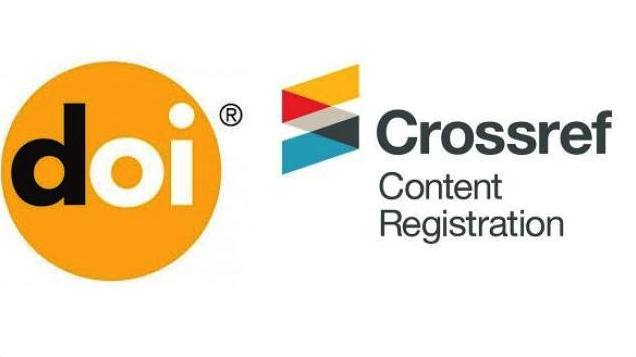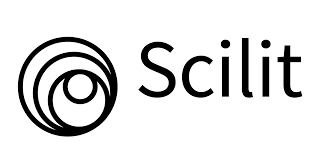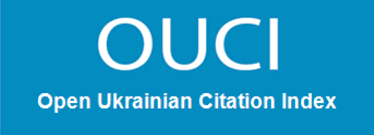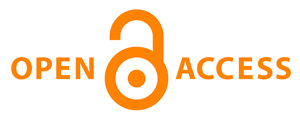Download full text in PDF
Prokopenko OO, Smolyaninov KB, Vishchur OI, Mudrak DI, Broda NA, Masyuk MB, Smolyaninova OO, Voltornisty AV. The effect of drugs “Enteronormin” and “Zeleris” on the antioxidant potential of young calves. Bìol. Tvarin. 2024; 26 (4): 55–59. DOI: 10.15407/animbiol26.04.055.
https://doi.org/10.15407/animbiol26.04.055
Received 01.11.2024 ▪ Revision 07.01.2025 ▪ Accepted 20.01.2025 ▪ Published online 22.01.2025
The effect of drugs “Enteronormin” and “Zeleris” on the antioxidant potential of young calves
O. O. Prokopenko, K. B. Smolyaninov, O. I. Vishchur, D. I. Mudrak, N. A. Broda, M. B. Masyuk, O. O. Smolyaninova, A. V. Voltornisty
This email address is being protected from spambots. You need JavaScript enabled to view it.
Institute of Animal Biology NAAS, 38 V. Stusa str., Lviv, 79034, Ukraine
The article deals with study of the effect of the synbiotic drug “Enteronormin” in a complex with the trace elements iodine and selenium on the indicators of lipid peroxidation and the activity of antioxidant protection system in the body of calves and to the comparison of its action with the antibiotic “Zeleris”. In the last decade, the study of the role of various essential trace elements in various aspects of the regulation of metabolic homeostasis and the state of the immune potential of young cattle remains relevant. In this concern, it is important to emphasize the role of iodine and selenium, as well, as biologically active compounds of new products, among which synbiotic drugs are becoming widespread. In view of this, the development of new effective immunotropic drugs, their comparative study with existing drugs and traditional antimicrobial drugs, such as antibiotics, is actual. Therefore, the purpose of the research, the results of which are presented in this article, was to conduct a comparative study of the effect of the antibiotic “Zeleris” and the complex use of the synbiotic drug “Enteronormin” together with iodine and selenium on the indicators characterizing the activity of lipid peroxidation processes and the level of antioxidant protection system in the body of young calves. As a result of the research, it was found that feeding calves the drug “Enteronormin” in combination with selenium and iodine leads to an increase in the activity of the enzyme glutathione peroxidase and the level of reduced glutathione in the erythrocytes of calves, which is noted at 50- and 60-day age. Such changes, in turn, logically lead to a decrease in the number of lipid peroxidation products in their body. In contrast, we did not detect similar effects from the use of the antibiotic “Zeleris” during the study. Thus, it is concluded that feeding calves with the drug “Enteronormin” together with iodine and selenium leads to an increase in the activity of the key enzyme of the antioxidant defense system — glutathione peroxidase and the level of reduced glutathione in the erythrocytes of the blood of calves. These changes, in turn, lead to a decrease in the number of lopid peroxidation products in their body. However, similar effects from the use of the antibiotic “Zeleris” were not detected. The data obtained may indicate a positive effect of the drug “Enteronormin” in combination with iodine and selenium on the activity of the antioxidant defense system in the body of calves.
Key words: calves, glutathione peroxidase, reduced glutathione, TBA-active products, hydroperoxides, iodine, selenium
- Candido AC, Azevedo FM, Silva DLF, Ribeiro SAV, Castro Franceschini SDC. Effects of iodine supplementation on thyroid function parameter: Systematic review and meta-analysis. J Trace Elem Med Biol. 2023; 80: 127275. DOI: 1016/j.jtemb.2023.127275.
- Fan Y, Xu S, Zhang H, Cao W, Wang K, Chen G, Di H, Cao M, Liu C. Selenium supplementation for autoimmune thyroiditis: a systematic review and meta-analysis. Int J Endocrinol. 2014; 2014: 904573. DOI: 1155/2014/904573.
- Iannaccone M, Ianni A, Elgendy R, Martino C, Giantin M, Cerretani L, Dacasto M, Martino G. Iodine supplemented diet positively affect immune response and dairy product quality in Fresian cow. Animals. 2019; 9 (11): 866. DOI: 3390/ani9110866.
- Maliar T, Blažková M, Polák J, Maliarová M, Ürgeová E, Viskupičová J. Antioxidant and pro-oxidant properties of selected clinically applied antibiotics: Therapeutic insights. Pharmaceuticals. 2024; 17 (10): 1257. DOI: 3390/ph17101257.
- Nogales F, Ojeda ML, Fenutría M, Murillo ML, Carreras O. Role of selenium and glutathione peroxidase on development, growth, and oxidative balance in rat offspring. Reproduction. 2013; 146 (6): 659‒667. DOI: 1530/REP-13-0267.
- Prokopenko O, Vishchur O, Romanovych M, Levkivska N, Sobko G. The influence of the synbiotic preparation, Iodine and Selenium, on the state of natural and adaptive protection of calves. Abstracts of reports of the Conference “Modern methods of diagnosis, treatment and prevention in veterinary medicine”. Lviv, 2021: 124–125. (in Ukrainian)
- Rijkers GT, de Vos WM, Brummer RJ, Morelli L, Corthier G, Marteau P. Health benefits and health claims of probiotics: Bridging science and marketing. Br J Nutr. 2011; 106 (9): 1291–1296. DOI: 1017/S000711451100287X.
- Taylor PN, Albrecht D, Scholz A, Gutierrez-Buey G, Lazarus JH, Dayan CM, Okosieme OE. Global epidemiology of hyperthyroidism and hypothyroidism. Nat Rev Endocrinol. 2018; 14 (5): 301–316. DOI: 1038/nrendo.2018.18.
- Van Zuuren EJ, Albusta AY, Fedorowicz Z, Carter B, Pijl H. Selenium supplementation for Hashimoto’s thyroiditis: Summary of a Cochrane systematic review. Eur Thyroid J. 2013; 3 (1): 25–31. DOI: 1159/000356040.
- Vishchur O, Kichun I, Ponkalo L. Drug “Celvit” for increasing antioxidant status and immune potential in farm animals. Patent for utility model UA no. 84420 from 25.10.2013, bull. no. 20. Available at: https://base.org/searchbulletin/search.php?action=viewdetails&dbname=invdu&IdClaim=192854 (in Ukrainian)
- Vishchur O, Vlizlo V, Leshovska N, Kichun I. Drug “Interflok” for increasing antioxidant status and immune potential in farm animals. Patent for utility model UA no. 19309 from 15.12.2006, bull. no. 12. Available at: https://base.uipv.org/searchbulletin/search.php?action=viewdetails&dbname=invdu&IdClaim=111995 (in Ukrainian)
- Vlizlo VV (ed.), Fedoruk RS, Ratych IB. Laboratory Research Methods in Biology, Animal Husbandry and Veterinary Medicine. A Handbook. Lviv, Spolom, 2012: 764 p. (in Ukrainian)
- Zhou Q, Xue S, Zhang L, Chen G. Trace elements and the thyroid. Front Endocrinol. 2022; 13: 904889. DOI: 3389/fendo.2022.904889.










